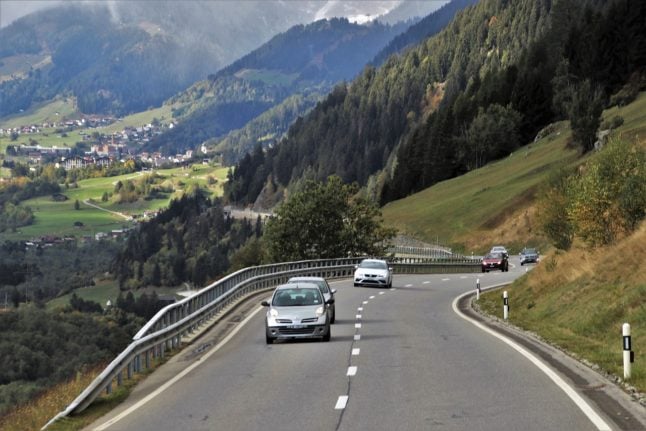According to the Älgskadefondsföreningen (‘Elk damages fund association’), Swedish motorists paid an average of 37,000 kronor to repair their vehicles following a collision with a wild boar.
By comparison, hitting an elk causes an average of 29,000 kronor in repair costs, while accidents involving the common deer cost drivers around 17,000 kronor per accident.
The wild boar’s height is the primary reason for the beast’s capacity for causing costly car wrecks, according to Fredrik Valgren, an auto damage specialist with the Länsförsäkring Kronoberg insurance company, which cooperated in the study.
“The reason that wild boars cause the greatest material injury is that the wild boar’s centre of gravity sits at the same height as the car’s front end. The impact is strongest where the car’s most expensive components are housed,” he said in a statement.
Swedish roads were the site of 39,527 accidents with large game in 2008, including 5,118 with elk, 2,462 with wild boars, and 30,982 involving deer.
While deer are the least costly type of animal to hit on a per-accident basis, according to the study, the high number of accidents makes car-deer collisions the most costly overall, resulting in more than 526 million kronor in vehicular damages in 2008.
By comparison, the total cost of elk collisions came to 148.4 million kronor, while wild boar accidents resulted in a total of just over 91 million kronor in car repairs.
The association hopes the study’s results will remind politicians of the importance of funding measures to hinder the animals from reaching Swedish roads, and to curb the explosive growth in wild animal herds in Sweden.



 Please whitelist us to continue reading.
Please whitelist us to continue reading.